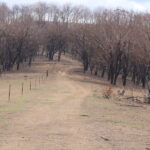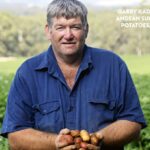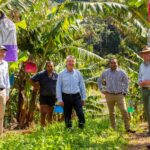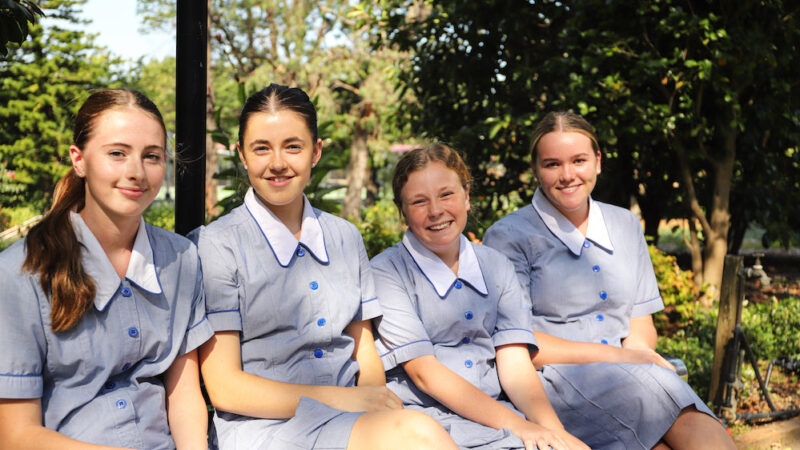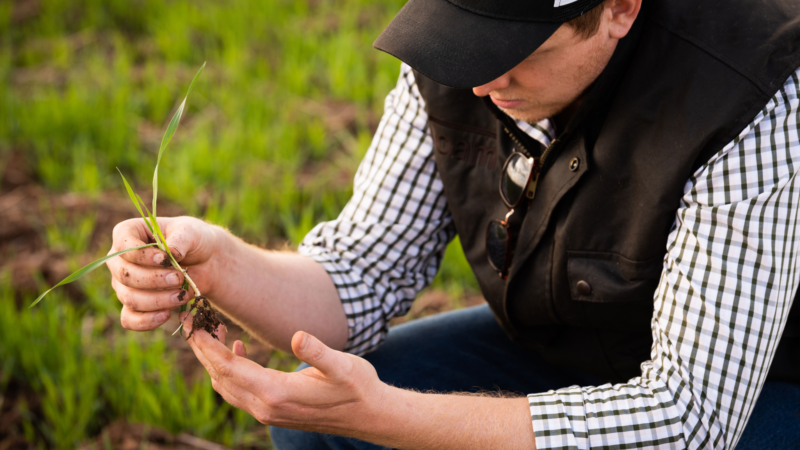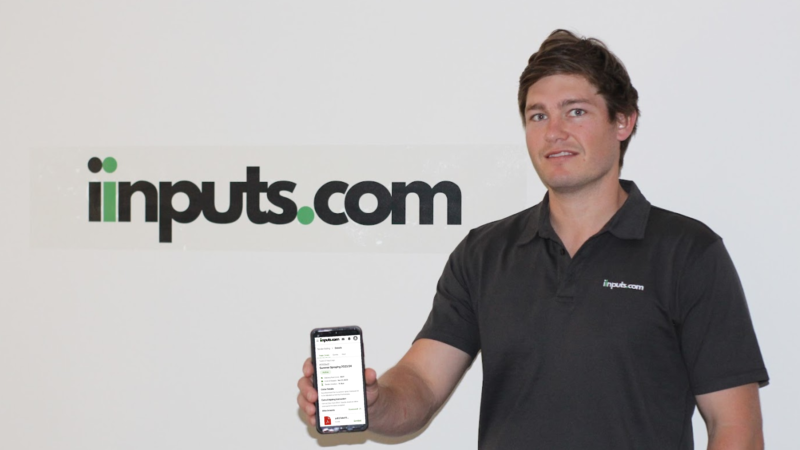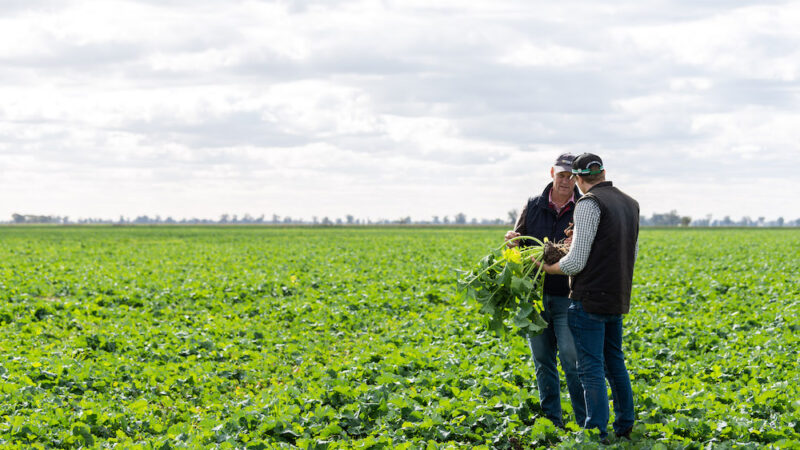NSW Farmers is inviting all farmers hit by the 2019/2020 bushfires to fill in a…
Allflex: Still the tag of choice for Aussie producers
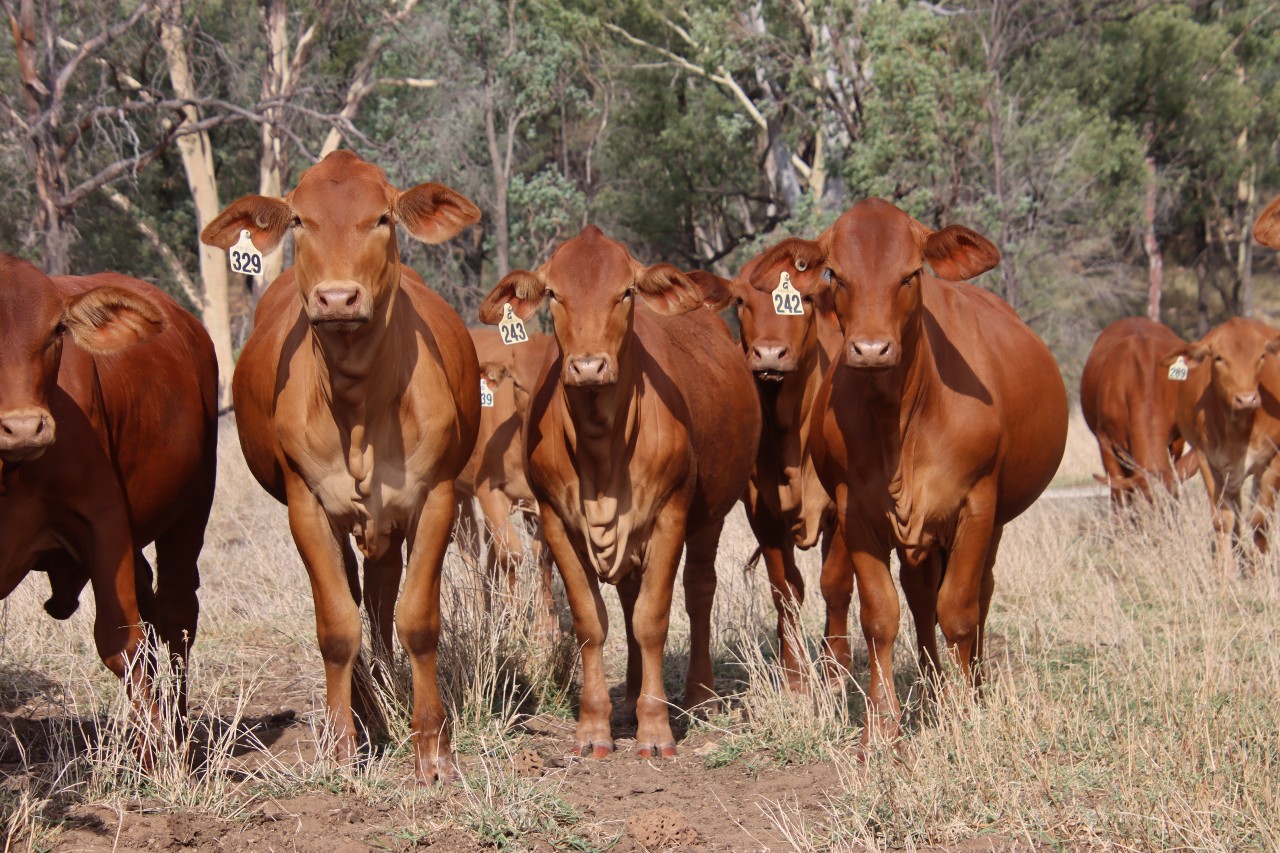
Allflex Australia Business Unit Lead, Jane Parker, says Allflex remains the tag of choice for Australian farmers because the company continues to evolve and meet the needs of farmers.
“In 2014 we responded rapidly to consumer feedback on our NLIS cattle tag in Australia and released an improved male button with an optimised design after significant research, design modelling and independent lab testing,” Ms Parker said.
“Since its release over seven years ago, our latest design has demonstrated fantastic results, with no reports of tag failure or lack of retention due to failure of the male button.
“The high-performance of our current tag, with its improved design, has clearly been demonstrated through Australian field trials, laboratory testing and customer feedback.”
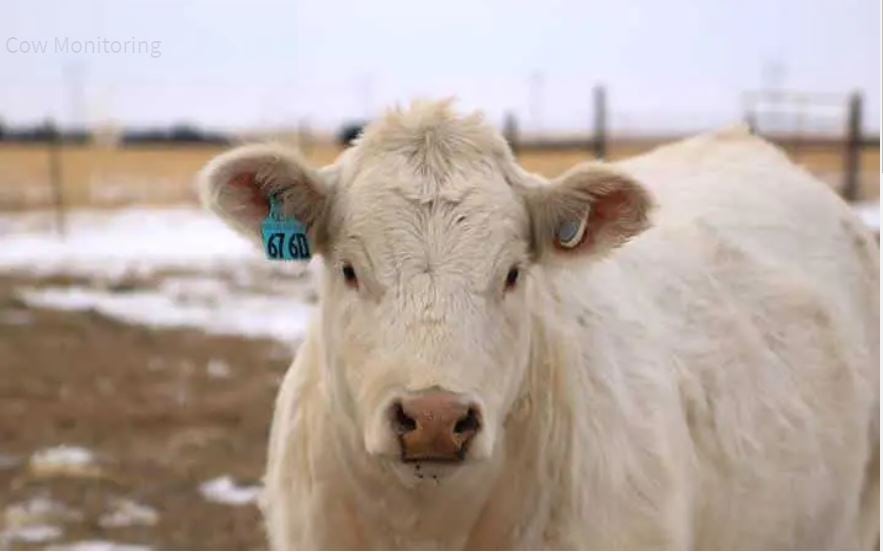
Third generation cattle farmer, Glen Rea, runs approximately 5,500 head including breeders, bullocks and calves at Kirknie Station 2.5 hours south of Townsville, Queensland. His 28,000 hectare station is a foundation Droughtmaster stud started by his grandfather, Bob Rea, in 1946 and developed by his father, Don Rea.
�I have worked with Allflex since 2008. Since that time, I have used NLIS tags from Allflex. From time to time I�ve used competitor�s tags to keep coming back to Allflex. I believe Allflex has the best product on the market currently,” he said.
He commented that he has noticed an improvement in tag retention since the old days before Allflex�s release of the new male button tag design.
�I found the change from the old style pre-2014 to the new design post-2014 in itself is a pretty good change. The newer button seems to last longer than the old button,� he said.
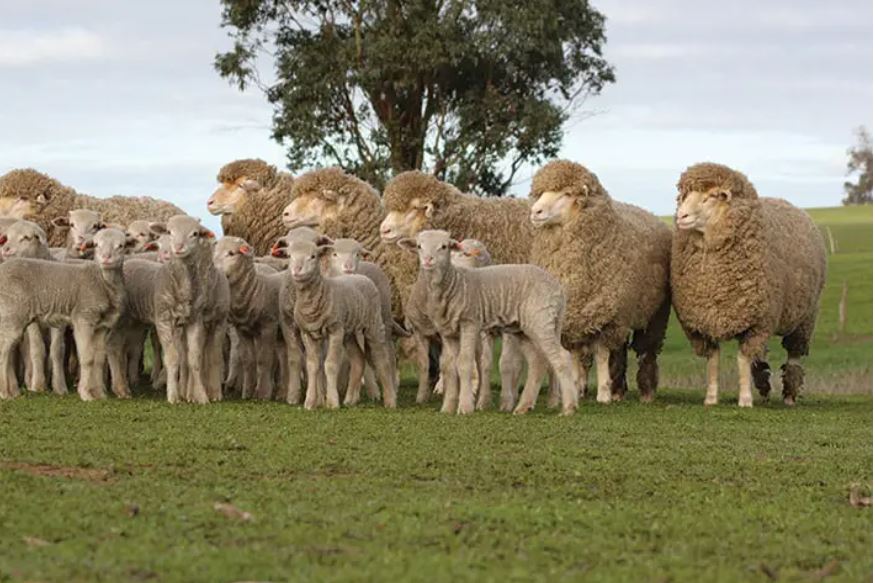
Mr Rea commented that no other company has a lead on retention the way Allflex does.
�Allflex is putting in more effort into making their product the best in the market,” he said.
�I�ve stayed with Allflex for so long as they listen to the feedback I have provided them with and have worked on solutions that work in my country that I am satisfied with. They are working to develop their product and make it suitable for northern Australia and north Queensland climates through trials and research and development so that users have the best quality product.
�Retention has so many factors involved not just weathering from the sun, heat and humidity � but mechanical damage from the torque load the animals put the tag under; such as bull fighting, rubbing the tag up along railings, chewing and biting off other animal�s tags, catching on obstructions, buffalo fly irritation and the constant whacking of ears and tails to relieve this. For safety reasons the tag is designed to break rather than rip through the animal�s ear if it gets caught in an obstruction such as a hay bale or fence.�
Mr Glen Rea from Kirknie Station
Tasmanian-based dairy farmer, Stuart Bush, operates a 700-head dairy herd and participated in an NLIS cattle tag trial with Allflex in 2013.
These same cows with the 2013 trial tags still in-situ were scanned some six years later.
�Even after all this time and all the exposure the tags endured, the retention rate was very good. The Allflex tags have stood up quite well. I was pretty wrapped with that.�
Mr Bush commented that when it comes to tag retention, a lot of it comes down to where the button is applied to the ear.
�Good retention comes from good application. I�m happy with the relationship I�ve had with Allflex and their trials over the years. It�s good to see a company invest in research and development such as these trials.�
For more information on the Allflex NLIS cattle tags please visit the Allflex website.


